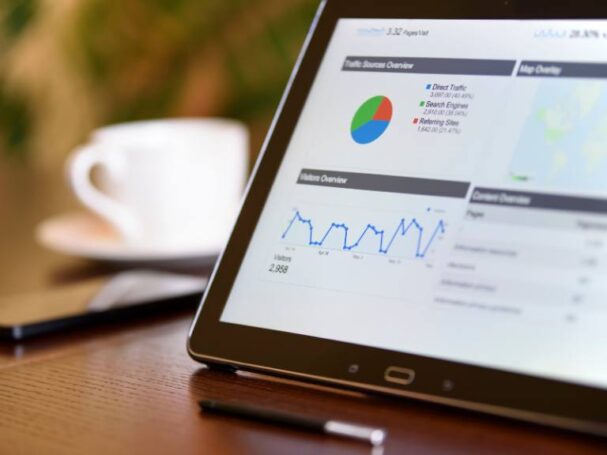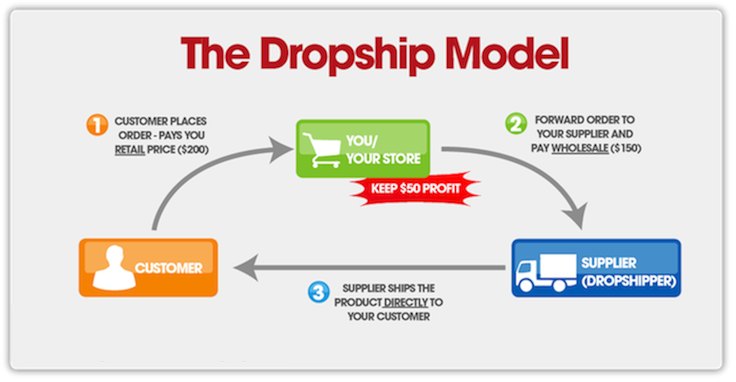If you’re running a hair extension dropshipping business, you already know how competitive this industry can be, but not with the help of analytics.
With so many brands vying for attention, it’s easy to feel like you’re just another fish in a very big pond.
But you don’t have to stay there. What if we told you that the secret to standing out, scaling your hair extension business, and making smarter decisions lies in something you might already have access to?
Yes, you already have access to them. They are your analytics. 📶
Now, before you roll your eyes and think, “Numbers and spreadsheets? No thanks,” hear me out.
Analytics isn’t just about dry data on spreadsheets and datasets—it’s about understanding your customers and making your business run smoother with the information you get from them.
Now, why do analytics matter?

Why Analytics Matter in the Hair Extension Business
First things first, let’s talk about why analytics are so important.
Think of your business as a car. Analytics is the GPS that tells you where you’re going, how fast you’re getting there, and whether you need to take a detour.
Without it, you’re just driving blind, hoping you’ll eventually reach your destination.
In the hair extension industry, trends change faster than a TikTok algorithm. One day, everyone wants jet-black straight hair, and the next, it’s all about honey-blonde wigs.
Analytics helps you stay ahead of these trends by giving you insights into what your customers are searching for, buying, and loving.
But it’s not just about trends.
Analytics can also help you do these things:
- Understand your audience better (who they are, what they want, and how they shop).
- Identify which products are your best-sellers and which ones are collecting digital dust.
- Track the effectiveness of your marketing campaigns.
- Optimize your website for better conversions.
- Reduce costs by identifying inefficiencies in your supply chain.
In short, analytics is your secret weapon for making data-driven decisions that actually work.

Getting Started with Analytics: What Data Should You Track?
Okay, so you’re sold on the idea of using analytics.
But where do you start? There’s so much data out there that it can feel overwhelming.
Don’t worry—I’ve got you covered. Here are the key metrics you should focus on:
Website Traffic
How many people are visiting your site?
Where are they coming from (social media, Google Ads)? Tools like Google Analytics can show you which channels are driving the most traffic so you can double down on what’s working.
Conversion Rates
Traffic is great, but it’s meaningless if no one’s buying.
Track how many visitors are converting into customers. If your conversion rate is low, it might be time to tweak your product descriptions, pricing, or checkout process.
Customer Demographics
Who’s buying your hair extensions?
Are they mostly women in their 20s and 30s?
Or are you attracting a more diverse crowd? Knowing your audience helps you tailor your marketing and product offerings.
Average Order Value (AOV)
How much are customers spending per order?
If your AOV is low, consider upselling or bundling products to increase revenue.
Cart Abandonment Rate
This one’s a biggie.
If customers are adding items to their cart but not completing the purchase, you need to figure out why.
Maybe your shipping costs are too high, or your checkout process is too complicated.
Product Performance
Which hair extensions are flying off the virtual shelves, and which ones are just sitting there?
Use this data to stock more of what’s popular and phase out what’s not.
Customer Lifetime Value (CLV)
How much is a customer worth to your business over time?
If you know your CLV, you can determine how much you’re willing to spend to acquire a new customer.

How to Use Analytics to Boost Sales
Now that you know what to track, let’s talk about how to use this data to actually grow your business.
Here are some actionable tips:
Personalize Your Marketing Based on Your Analytics
Analytics can show you what your customers are into.
For example, if you notice that a lot of your customers are buying curly hair extensions, you can create targeted email campaigns or social media ads featuring those products.
Personalization makes your customers feel seen and understood, which can lead to more sales.
Optimize Your Product Listings
If certain products aren’t selling, it might be because your product descriptions or photos aren’t doing them justice.
Use analytics to identify underperforming products and give them a makeover. Add better photos, highlight their unique features, and include customer reviews to build trust.
Run Smarter Ads
Instead of throwing money at ads and hoping for the best, use analytics to see which campaigns are actually driving sales.
For example, if Instagram ads are bringing in more customers than Facebook ads, shift your budget accordingly.
Improve Your Website Experience
Your website is your storefront, and analytics can help you make it shine.
For instance, if you notice that a lot of visitors are leaving your site after viewing the shipping page, it might be time to offer free shipping or lower your rates.
Create Bundles and Upsells
If your AOV is lower than you’d like, consider creating product bundles or offering upsells.
For example, if a customer buys a wavy hair extension, you could suggest a heat protectant spray or a wig cap as an add-on.
Retarget Abandoned Carts
Don’t let those abandoned carts go to waste!
Use analytics to identify customers who didn’t complete their purchases and send them a friendly reminder email. You could even throw in a discount code to sweeten the deal.

Tools to Help You Get Started with Analytics
You don’t need to be a tech whiz to use analytics.
There are plenty of user-friendly tools out there that can do the heavy lifting for you.
Here are a few of my favorites:
- Google Analytics: A must-have for tracking website traffic and behavior.
- Shopify Analytics: If you’re using Shopify, their built-in analytics tool is super helpful for tracking sales, customer behavior, and more.
- Hotjar: This tool lets you see heat maps of your website so you can understand how visitors interact with your site.
- Klaviyo: Perfect for email marketing analytics and creating personalized campaigns.
- Facebook Pixel: Essential for tracking the performance of your Facebook and Instagram ads.
The Human Touch: Don’t Forget to Connect
While analytics is incredibly powerful, it’s important to remember that your business is about more than just numbers.
At the end of the day, you’re selling confidence, beauty, and self-expression.
So, don’t let the data overshadow the human connection.
Use analytics to understand your customers, but don’t forget to engage with them on a personal level.
Respond to their comments on social media, ask for their feedback, and show them that you care.
After all, your customers aren’t just data points—they’re real people with real stories.

Utilize Analytics for Better Sales
Using analytics to improve your hair extension dropshipping business might sound intimidating at first, but trust me, it’s worth it.
By leveraging data, you can make smarter decisions, save time and money, and ultimately grow your business in ways you never thought possible.
So, take a deep breath, dive into the numbers, and start using analytics to your advantage. ⏫
And remember, you’re not just building a business—you’re building a brand that empowers people to feel beautiful and confident with different methods, such as blogging and video content.
That’s something to be proud of.

